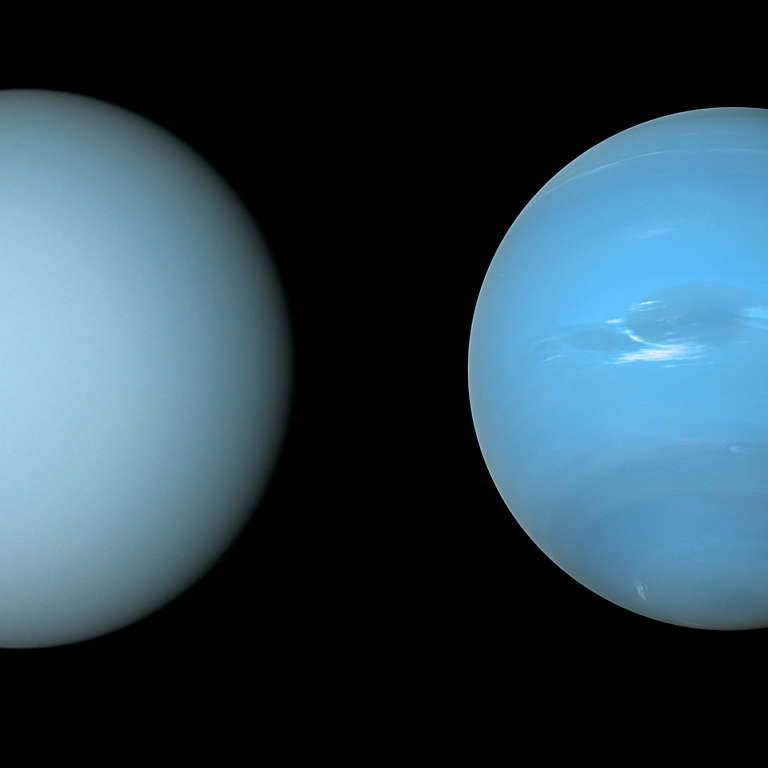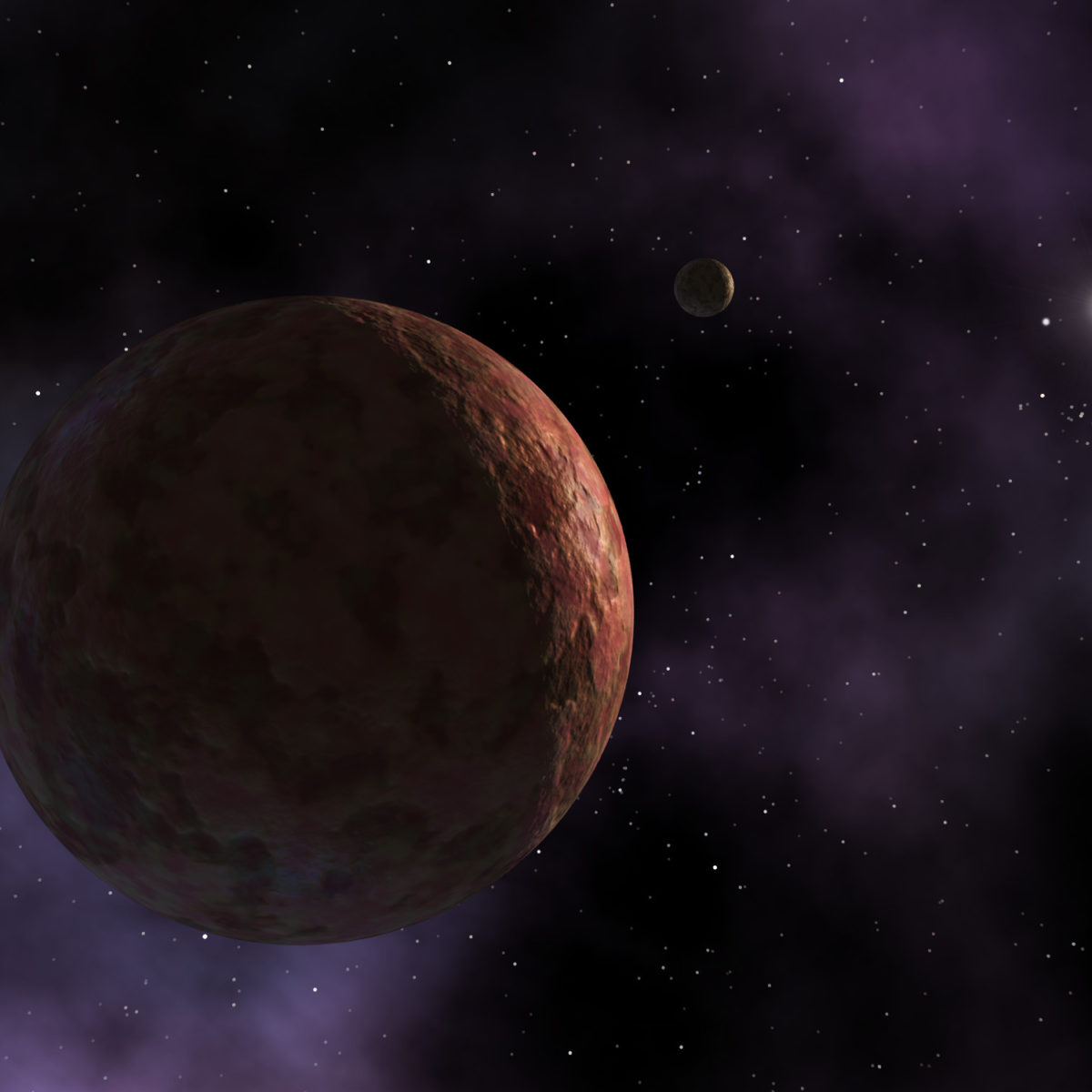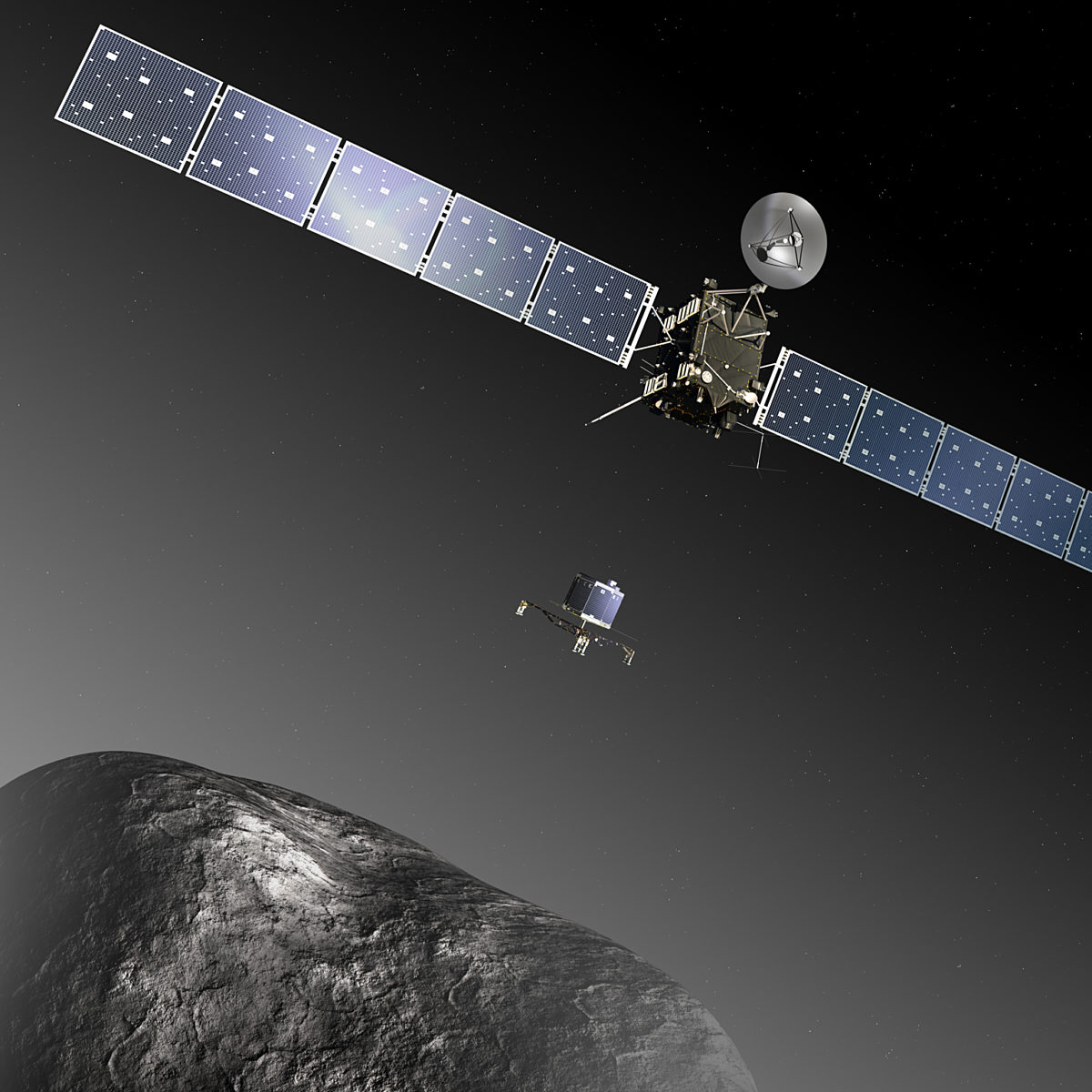All
All
Stories, updates, insights, and original analysis from The Planetary Society.
Storms and showers
Mars has storms of dust, while Saturn pours down ammonia rain. Here on Earth, we passed through a debris tail to get a special kind of shower.
How Uranus and Neptune are key to unlocking how planets form
A flagship mission to the ice giants — Uranus and Neptune — will forever change our understanding of the origin and evolution of our solar system.
Not a Heart of Ice
Mark Marley explains what planetary scientists mean when they say the word
How the Apollo missions transformed our understanding of the Moon’s origin
Where did the Moon come from? The origin of our cosmic neighbor is a fundamental question in planetary science.
Mars' growth stunted!
Mars is a weirdo. (Well, as far as planets go).
DPS 2015: Solar System Formation
At the 47th Division of Planetary Systems meeting, many presentations touched on some of the most contentious and poorly known aspects of how planets form.
Favorite Astro Plots #2: Condensation of the solar system
Behold: the story of how our solar system began, in one chart. This is the second installment in a series of planetary scientists' favorite plots. Today's #FaveAstroPlot was suggested by spectroscopist Michael Bramble.
How Weird Is Our Solar System?
Earth and its solar system compatriots all have nearly circular orbits, but many exoplanets orbit their stars on wildly eccentric paths. Is our home system strange? Or is our sense of the data skewed?
The Birth of the Wanderers
How did planets originate? This is a question that has puzzled scientists for centuries, but one which they have been able to tackle directly only in the last few decades, thanks to two major developments: breakthroughs in telescope technology and ever-increasing computing power.
A second Sedna! What does it mean?
2012 VP113 is a new world that has been discovered on a Sedna-like orbit. What does that mean? It could imply the existence of a planet X, but doesn't prove it. It does suggest that a lot more Sednas are waiting to be discovered.
Cosmos with Cosmos Episode 9: The Lives of the Stars
This episode highlights the other big idea in Cosmos: that we are profoundly connected with the universe around us. Our constituent parts are forged in the bellies of massive stars; we exist through their deaths.
Europe Will Select Its Next Major Science Mission in November
The European Space Agency will announce two major science missions this November, one of which is likely to be devoted to solar system exploration.
Book Review: Cosmochemistry, by Harry McSween and Gary Huss
This very accessible textbook begins at the beginning, explaining how all the things in the solar system were made from star stuff.
ALMA Adventure--Complete Interviews With Planetary Radio Guests
The extended, mostly unedited recordings of my conversations with many of the people I spoke to at the ALMA Observatory in Chile. Also, the full English translation of Chilean President Sebastian Pinera's speech.
DPS 2012, Day 5: How to make asteroids crunchy on the outside and soft in the middle
A summary of just one talk from the Division for Planetary Sciences meeting, by Lindy Elkins-Tanton, which provided a neat explanation for how asteroids can be melted and layered on the inside yet have a primitive-looking exterior.
Iapetus' peerless equatorial ridge
A new paper in the Journal of Geophysical Research - Planets by Dombard, Cheng, McKinnon, and KayI claims to explain how Iapetus' equatorial ridge formed. Cool!
365 Days of Astronomy Podcast: What's in a Science Meeting?
Today the 365 Days of Astronomy podcast aired my contribution, What's in a Science Meeting?, about what scientists do at big meetings like the Division of Planetary Sciences.


 Explore Worlds
Explore Worlds Find Life
Find Life Defend Earth
Defend Earth


 Sun
Sun Mercury
Mercury Venus
Venus Earth
Earth Mars
Mars Jupiter
Jupiter Saturn
Saturn Uranus
Uranus Neptune
Neptune Small Bodies
Small Bodies















